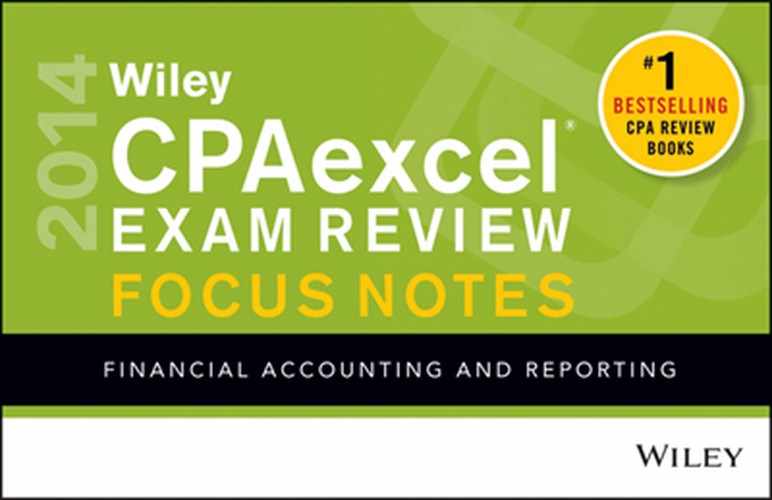Focus on: Derivative Instruments—Module 19
Investments in Derivative Securities
Derivatives—Derive their value from other assets. Examples:
- Stock option—Value based on underlying stock price
- Commodity futures contract—Value based on underlying commodity price
Initially recorded at cost (or allocated amount)—Reported on balance sheet at fair value
- Trading security—Unrealized gains and losses on income statement
- Available-for-sale security—Unrealized gains and losses reported as other comprehensive income in stockholders’ equity
Characteristics of Derivatives
Settlement in cash or assets easily convertible to cash (such as marketable securities)
Underlying index on which value of derivative is based (usually the price of some asset)
No or little net investment at time of creation:
- Futures-based derivative involves no payments at all when derivative created
- Such a derivative must be settled on settlement date in all cases
- Options-based derivative involves small premium payment when derivative created
- Option holder has right not to settle derivative if results would be unfavorable
- Payment of premium when derivative created is price of this option
Use of Derivatives
Speculative—Attempt to profit from favorable change in underlying index
- Gain or loss on change in fair value reported in ordinary income
Certain derivatives qualify as hedge instruments and must meet the following criteria:
- Sufficient documentation must be provided at designation
- The hedge must be highly effective throughout its life
- It must have the ability to generate changes measured every three months (minimum)
- It must move in the opposite direction to the offsetting item
- The cumulative change in value of the hedging instrument should be between 80% and 125% of offsetting item
- The method assessing effectiveness must be consistent with risk management approach
- Similar hedges should be assessed similarly
- If a hedge is not 100% effective, the ineffective portion must be reported in current earnings
Fair value hedge—Attempt to offset risk of existing asset, liability, or commitment
- Gain or loss on change in derivative reported in ordinary income
- Should approximately offset loss or gain on item being hedged
Cash flow hedge—Attempt to offset risk associated with future expected transactions
- Gain or loss excluded from ordinary income until offsetting future event affects income
- Reported as part of other comprehensive income until that time
Foreign currency hedge—Attempt to offset exposure to foreign currencies
- Gain or loss reported in current earnings or other comprehensive income depending on type of foreign currency hedge (foreign-currency-denominated firm commitment, available-for-sale security, forecasted transaction, net investment in a foreign operation)
Financial Instruments
Risk of Loss
Required Disclosures
- Fair value
- Off-balance-sheet credit risk—Credit risk that is not already reflected as an accrued contingency
- Concentration of credit risk
- Hedging disclosures
- Objective and strategies
- Context to understand instrument
- Risk management policies
- A list of hedged instruments
IFRS Derivatives
- No requirement for net settlement
- Embedded derivatives—Cannot reassess if “clearly and closely related” unless change in contract that significantly affects cash flows
Fair Value Option and Measurements
Fair Value Option
- May be applied instrument by instrument, with a few exceptions, such as investments otherwise accounted for by the equity method
- Is irrevocable
- Is applied only to entire instruments and not to portions of instruments
Available for
- Recognized financial assets and financial liabilities with the following major exceptions:
- An investment in a subsidiary that the entity is required to consolidate
- Pension and other postretirement benefit plans including employee stock plans
- Lease assets and liabilities
- Deposit liabilities of banks, savings and loan associations, credit unions, etc.
- Firm commitments that would otherwise not be recognized at inception and that involve only financial instruments
- Nonfinancial insurance contracts and warranties that the insurer can settle by paying a third party to provide those goods or services
- Host financial instruments resulting from separation of an embedded nonfinancial derivative instrument from a nonfinancial hybrid instrument
Recognize unrealized gains and losses in earnings for businesses and in statement of activities for nonprofit organizations
Fair Value Defined
- Exchange price
- Orderly transaction between market participants to sell the asset or transfer the liability in the principal or most advantageous market for the asset or liability under current market conditions
- Value is a market-based measurement, not an entity-specific measurement
- Includes assumptions about
- Risk inherent in a particular valuation technique or inputs to the valuation technique
- Effect of a restriction on the sale or use of an asset
- Nonperformance risk
Expanded disclosures on the inputs used to measure fair value
Level 1
- Quoted prices in active markets for identical assets or liabilities
Level 2
- Inputs such as quoted prices on similar assets or liabilities or observable for the asset or liability, such as interest rates and yield curves
Level 3
- Unobservable inputs for the asset or liability that reflect the reporting entity’s own assumptions about the assumptions that market participants would use in pricing the asset or liability (including assumptions about risk)
